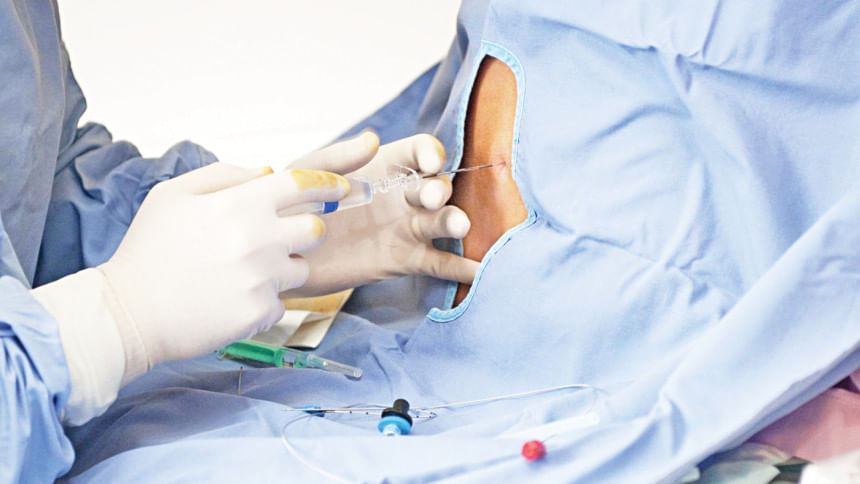Regional anaesthesia: A safer future for postoperative pain control

Surgery is a life-saving intervention, but the period that follows can be challenging. Severe pain after an operation is not just a source of suffering; it can lead to delayed recovery, increased hospital stays, higher risk of complications such as blood clots, and even long-term chronic pain. Poor pain control also prevents patients from moving freely, coughing effectively, or eating properly—all of which are critical for a smooth recovery.
Traditionally, opioid-based medications (like pethidine, morphine, etc.) were the mainstay of postoperative pain relief. While effective, opioids bring their own risks: nausea, vomiting, constipation, sedation, and in some cases, dependency. These limitations have driven anaesthesiologists worldwide to seek safer, more targeted solutions.
Regional anaesthesia: A targeted solution
Regional anaesthesia involves numbing specific nerves or regions of the body to block pain sensation. Instead of dulling the entire nervous system with strong systemic drugs, regional techniques provide site-specific pain relief with fewer side effects.
Some commonly used regional anaesthesia techniques include: Epidural and spinal blocks – often used for lower abdominal, pelvic, or lower limb surgeries. Peripheral nerve blocks – targeting individual nerves, such as for knee replacement, shoulder surgery, or arm operations. Truncal blocks – such as the Transversus Abdominis Plane (TAP) block, widely used for abdominal and gynaecological surgeries, including Caesarean sections.
These methods have transformed the way pain is managed after surgery. Patients receiving regional anaesthesia not only report better pain control but also require fewer opioids, recover faster, and return to daily activities sooner.
A global movement towards multimodal analgesia
Modern surgical care embraces the principle of multimodal analgesia—the combination of different pain relief strategies to maximise benefit while minimising risks. Regional anaesthesia has become a cornerstone of this approach. By pairing nerve blocks with non-opioid medications, anaesthesiologists can create individualised plans that ensure patients remain comfortable without heavy reliance on opioids.
This philosophy has been widely adopted in Enhanced Recovery After Surgery (ERAS) protocols, which are now standard in many hospitals worldwide. The results speak for themselves: shorter hospital stays, fewer readmissions, and happier patients.
Context in Bangladesh
In Bangladesh, regional anaesthesia holds great promise for improving surgical care and reducing the suffering of patients after operations. However, challenges remain. Many district and sub-district hospitals lack ultrasound machines, which are vital for safely performing advanced nerve blocks. At the same time, awareness among patients is still limited—many accept postoperative pain as an unavoidable part of surgery rather than a problem that can and should be solved.
Bridging these gaps requires investment in equipment, training for anaesthesiologists, and community education so patients know to ask about modern pain management options. By doing so, Bangladesh can ensure that more patients benefit from regional anaesthesia, moving closer to the global standard of safe, comfortable, and dignified surgical recovery.
The writer is a Junior Consultant at the Department of General Anaesthesia at United Hospital Limited. Email: [email protected]

 For all latest news, follow The Daily Star's Google News channel.
For all latest news, follow The Daily Star's Google News channel. 



Comments